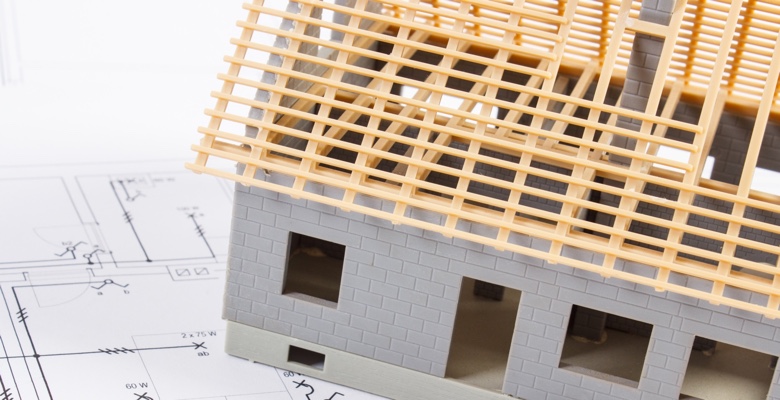Three Architecture Principles that Should be Guiding the Way You Design
Although you are reading this through a digital device, your brain still experiences all the apps you use, all the websites you visit and even a simple notification you receive as places. People try to make sense of these information environments so they can navigate through them, in the same way they do with streets and buildings. They count on mental models and interaction patterns, mostly based on the interactions between their bodies and the external world.

If people's brains keep guiding them through digital artifacts based on the physical interactions they always had, it worth considering architecture principles.
Purpose
Nowadays, we designers often see ourselves as the brave ones who stand up for the users when no one else seems to care. However, being human-centric is something that builders learned a long time ago.
Think about it. Why is a bedroom the way it is? Why do we have the objects we have in a typical bathroom? Why do parking lots follow a similar concept?
Architects and engineers must consider human behavior. So should you.
Designing around existing behaviors and helping to improve them always starts with observation. So, get out of the office and start observing who uses your product and work around what they currently do and what they could be doing better.
Make no mistakes: you don't design for yourself. You always design to support and enable beneficial human behavior.
Taxonomy
Taxonomy is about organizing information and assets into hierarchical relationships. Since you know the purpose of your product or a set of features, you'll refine how the elements interact with one another, so the user is better served.
Even the most artistic architect knows the principles behind the materials being used. It's your job to understand interaction patterns, so you combine the elements at hand to enable users to fulfill their purpose when interacting.
You need to know that a radio button is something that you'll only use when you expect a single selection from the user. You need to clearly show the user when an object is active or not. You must master the way people talk in each specific domain, so you can design the navigation using the language they're used to.
Design is about knowing the materials as much as it is about knowing people, so you're able to articulate your product in a way that makes absolute sense to them.
Consistency
You've no doubt seen many styles of buildings, parks and roads but may have a hard time seeing absolute consistency in them. In reality, if you think about it, all these major structures are formed by components.
You could go to the most humble house and the fanciest hotel. You expect that doors will open horizontally and that windows are not supposed to function as doors. These are not places where you want builders to be creative.
The way something works starts on the mind. When you look at a door handle, your vision allows you to form a mental model that tells you that you probably should grab and move it, so the door opens.
In a similar way, the best way to innovate in an interface is hardly about being creative around checkboxes, buttons, and any other single entity. Instead, you favor the user by rearranging established patterns in new ways and not creating new patterns.
When designing, unless there's a strong, vastly superior and proven/validated reason for it, you stick with the conventions. Innovation should be about bringing new and better ways of empowering people, not complicating the very path that should take them to a better future.
